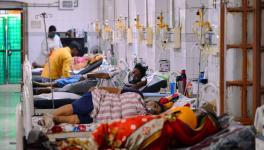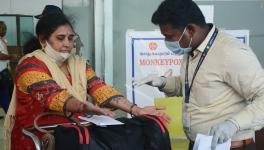Understanding the Wide Gap Between India’s Need and Supply of Covid Vaccines
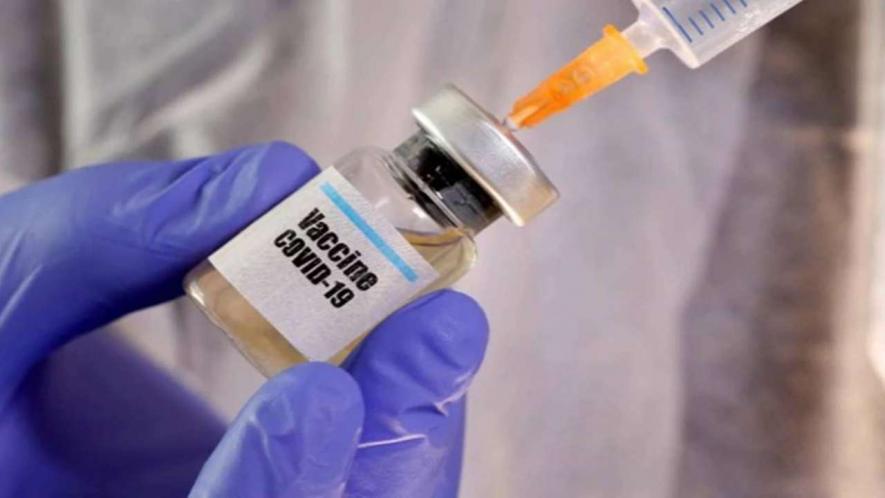
Image Courtesy: DNA India
Estimates say that in 2021, about 69% of India’s population is above 18 years of age, i.e., is technically eligible for COVID-19 vaccines. To cover this entire group, India needs 1,878 million doses of the vaccine (at two doses per person). At the current rate of vaccination, this will happen only by November 2022—at least 18 more months away. To cover 60 to 100% of its eligible population by December 2021, the government must urgently address the gap between vaccine requirement and supply. Currently, this gap is about 70 to 170 million doses a month, required to cover 60% or 100% of the eligible population by the end of the year.
Unfortunately, the government’s new vaccine policy does not address this problem at all. In fact, given the shortage of vaccine supply, this strategy is likely to result in a bigger crisis when there is a need to cover a maximum number of people as fast as possible. After its new policy, the Serum Institute of India (SII), which essentially has a monopoly over vaccine production in India, declared a price of Rs.400 per dose. At this price, the cost to cover the entire eligible population will be about Rs. 70,000 crore. Whereas, for Rs. 150 per dose, at which the central government has been procuring the vaccine so far (which still ensures SII makes a profit), the cost to cover the population would be between about Rs. 26,000 crore.
Vaccine Requirement (Not Demand)
Since the pandemic began, it has been clear that containment of the contagion is necessary to avoid a collapse of the healthcare system. Vaccines are our best option to manage this. The fast turnaround times for vaccine development and testing, in India and globally, is indeed worthy of celebration.
The challenge now is to manufacture and administer these vaccines to an economically diverse, geographically widespread population, within the constraints of available infrastructure and healthcare workers, without compromising other equally important health care and child immunisation programs. Given that inadequate vaccination may lead to a resurgence of the virus, one should think of this in terms of “need to vaccinate” rather than a “demand” for vaccination, i.e., vaccine prices cannot determine their distribution.
Let us first look at India’s vaccination requirements and the distribution of this requirement across states, considering different potentially relevant factors. According to estimates from the Ministry of Health and Family Welfare, about 69% of India’s population is above 18, and therefore technically eligible to receive the vaccine. This proportion varies by states—for example, 60% of the population of Bihar is above 18 years old, and 76% in Tamil Nadu.
To cover 100% of the eligible population, India will need 1,878 million doses of the vaccine, assuming each person requires two doses. To cover 80% and 60% of the eligible population, this requirement reduces to 1,502 and 1,127 million doses, respectively. On 19 April 2021, at an all-India level, 124 million doses had been administered—91% of these are of Covishield, produced by the SII, and 9% of Covaxin manufactured by Bharat Biotech. About 1,002 to 1,753 million additional doses are therefore still needed to cover 60 to 100% of the eligible population. Table 1 (below) summarises this in terms of monthly requirements.
Table 1: Monthly requirement of vaccines in India
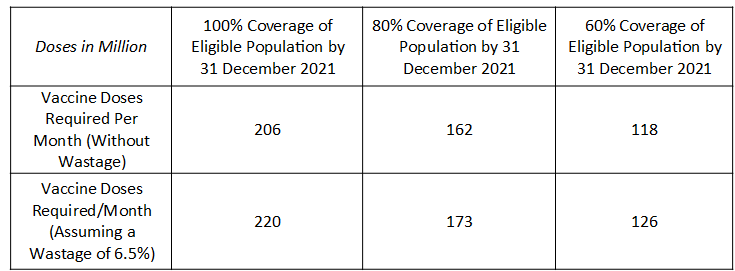
Further, 12% of the eligible population in India had got at least one dose till 19 April 2021. But there is considerable variation across states. Leading the chart, Chhattisgarh has given at least one dose to 23% of its eligible population. Himachal Pradesh and Kerala have covered 21% and 20% respectively of their eligible populations, with at least one dose. On the other end, Uttar Pradesh and Assam have covered only 6% of their eligible population with one dose at least.
The proportion of eligible populations covered is a function of multiple factors—the actual quantum of the eligible population, rate of vaccination, infrastructure available to administer vaccines rapidly, and the actual vaccine allocations and wastage across states. Data for state-wise vaccine allocation is, however, not available except for some estimates in the media.
Vaccine Supply Required
At the current rate of vaccination, 100% of the eligible population will only be covered by October 2022, i.e., by the end of next year. It will be June 2022 till we cover 80% and February 2022 till we cover 60% of the eligible population.
Again, this varies by state. At the current rate of vaccination, only 11 states and the northeastern states (excluding Assam) will cover even 60% of the eligible population by 31 December. Among states with a high COVID-19 load right now, only Kerala, Karnataka, Rajasthan, Delhi, and Chhattisgarh are likely to cover 60% of their population by the end of 2021.
The time taken for each state to vaccinate 80% of its eligible population is illustrated in Figure 1. Four states—Uttar Pradesh, Bihar, Jharkhand, and Tamil Nadu are unlikely to cover this target even till the end of next year, i.e. by December 2022.
Table 2: Months Till Complete Vaccination in Indian States
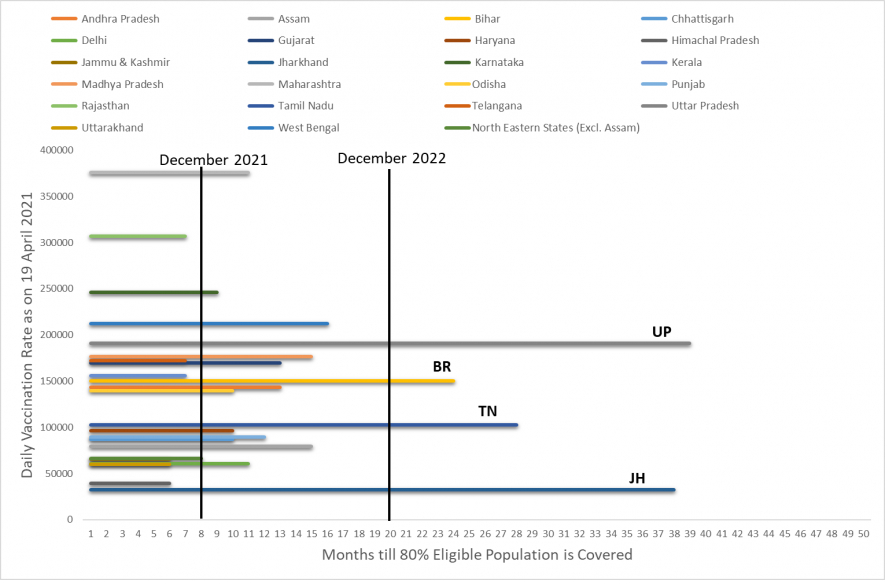
The Need-Supply Gap
To vaccinate 80 to 100% of its eligible population by December 2021, the rate of dose administration at the all-India level must increase from its current level by 66 to 112% with immediate effect.
The required increase also varies by states. For Bihar, where election promises of the ruling dispensation included free COVID-19 vaccines for all, an increase of 115 to 270% in the current rate of vaccine administration is required to cover 60-100% of the eligible population by December 2021.
According to various media reports, the Serum Institute of India has a manufacturing capacity of about 70 to 100 million doses/month. It includes existing and planned capacity. Similarly, Bharat Biotech has a manufacturing capacity of 6 million doses per month, that will increase to 15 million doses per month by May.
If we account for 15% export commitments and about 6.5% wastage of doses at the all-India level, the gap between supply available in India and the need for vaccination stand as follows:
-
For 100% coverage by Dec 2021 between 116-172 million doses/month
-
For 80% coverage by Dec 2021 between 72-125 million doses/month
-
For 60% coverage by Dec 2021 between 28-78 million doses/month
If the Russian vaccine, Sputnik V, becomes available as promised, it is likely to add 650 million doses to the kitty. That is approximately equal to 37-66% of India’s requirement if it wants to cover 60-100% of the eligible population. However, the time frame over which the entire 650 million doses would be available is not clear as production is yet to begin.
Policy revision needed
Given the extent of shortage and the urgent need to cover as much of the eligible population as fast as possible, in an equitable manner across regions and socio-economic classes, there is an urgent need for the government to revise its recently announced policy.
The flexibility given to state governments to design vaccination drives as per their circumstances is welcome even if delayed. Yet, the policy to allow manufacturer-stated prices to determine vaccine uptake across states will likely be counter-productive. It will increase prices considerably (already evident from the announcement made by SII) and may block a large section of the population from getting the vaccine.
As per published interviews of the CEO of Serum Institute, the company is already turning a profit at a price of Rs.150 a dose. At this price, the cost of covering 100% of the eligible population would be about Rs. 26,000 crore for the central government, less than the amount allocated specifically for vaccination in the Union Budget, 2021-22. At Rs.400 per dose, this price increases to Rs. 70,000 crore. If SII is already turning a profit at Rs. 150, what is the rationale for
allowing it to declare a higher price? The SII has essentially emerged as a monopoly player. Some 91% of the doses administered in India till 19 April 2021 were of Covishield.
The manufacturing capacity of SII far outstrips that of the only other player in the market, Bharat Biotech. If it wanted to go the market route, the government could have bolstered the production of Covaxin to create at least a semblance of competition to keep prices in check. In contrast, we now have a producer-declared price which is not at all a “discovered” competitive price as free-market enthusiasts would like to claim.
We have a monopoly price that ensures windfall profit to the producer, at a cost to the state, the citizen, and if it depresses vaccine uptake then eventually to the economy.
The degree of vaccine shortage, and slower rates of vaccine administration in some states, are already delaying the process of achieving the universal coverage we need. The new policy and consequent higher vaccine prices are likely to further reduce the pace of vaccination.
An equitable and transparent vaccine allocation strategy needs to be determined alongside significant investments by the central government to expand production capacity. Public health experts have repeatedly stated that vaccine uptake can be increased, and consequently the pandemic can be managed, through designing vaccination drives that encourage uptake among the working class, through campaigns and ensuring ease of access.
What is needed is i) large scale procurement by the central government at regulated prices, ii) a transparent allocation scheme across states in discussion with public health experts and state governments to determine the need and rate of supply to ensure equity across states, and iii) local government-driven strategies to increase uptake of vaccines amongst the working masses to ensure equitable access across economic classes.
The author is an associate professor at the NIAS, Bengaluru. The views are personal.
Get the latest reports & analysis with people's perspective on Protests, movements & deep analytical videos, discussions of the current affairs in your Telegram app. Subscribe to NewsClick's Telegram channel & get Real-Time updates on stories, as they get published on our website.












